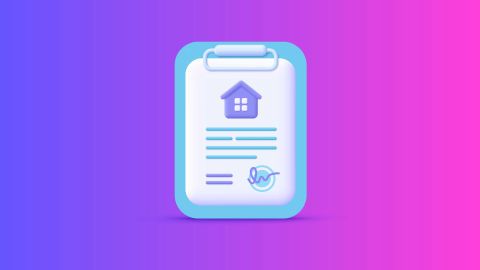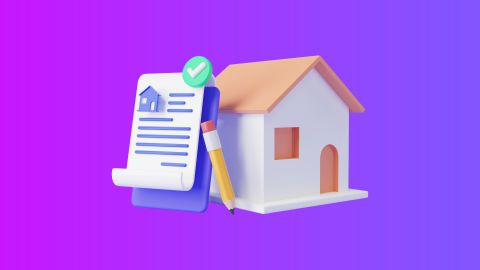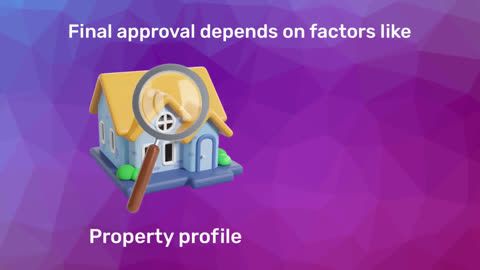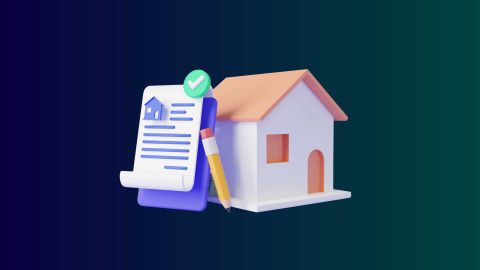What is a lien?
A lien is a legal claim against an asset. It gives the lender the right to keep possession of the asset until a debt owed by the borrower is paid off. For example, if you take out a loan to buy a car, the lender may place a lien on the car. This means they can repossess it if you fail to make your loan payments.There are different types of liens. Here are a few common ones:
Mortgage lien: This is the most common type of lien. When you get a home loan, the bank places a lien on your house.
Tax lien: If you don’t pay your taxes, the government can place a lien on your property.
Mechanic’s lien: If you hire someone to do work on your house and don’t pay them, they can place a lien on your property.
What is a lien balance?
Lien balance refers to the amount of money that you still owe on a loan that is secured by a lien. This balance includes the principal amount borrowed plus any interest, fees, or penalties that may have accrued. The lien balance is important because it shows how much you need to pay to clear the lien and regain full ownership of the asset.Understanding your lien balance is crucial for several reasons:
- Ownership rights: Until you pay off your lien balance, the lender has a legal claim to the asset. This can impact your ability to sell or refinance the property.
- Financial planning: Knowing your lien balance helps you budget and plan for future expenses. You can make informed decisions about when and how to pay off your debts.
- Impact on credit score: High lien balances can affect your credit score. Lenders look at your total debt compared to your available credit, so a lower lien balance can improve your financial standing.
- Loan approval: When applying for new loans, lenders will review your existing lien balances. A high lien balance can make it harder to qualify for additional credit.
How to calculate your lien balance
Calculating your lien balance is relatively straightforward. Here’s a simple formula:Lien balance = principal amount + interest + fees
- Principal amount: This is the initial amount you borrowed.
- Interest: This is the cost of borrowing money, calculated as a percentage of the principal.
- Fees: This includes any additional charges related to the loan, such as late payment fees.
- Principal paid: Rs. 4,00,000 (4 lakh)
- Remaining principal: Rs. 26,00,000 (26 lakh)
- Interest accrued: Rs. 2,00,000 (2 lakh)
Managing your lien balance
Managing your lien balance is crucial for maintaining your financial health. Here are some tips to help you do so:- Make regular payments: Paying your bills on time will reduce your lien balance and improve your credit score. Set up automatic payments to ensure you never miss a due date.
- Pay more than the minimum: If possible, pay more than the minimum required payment. This will help reduce your principal faster, lowering your lien balance and interest over time.
- Keep track of your progress: Regularly check your lien balance to see how much you owe. This can motivate you to make extra payments or stay on track with your budget.
- Communicate with your lender: If you’re having trouble making payments, reach out to your lender. They may offer options like refinancing or a payment plan to help you manage your lien balance.
Lien balance and home loans
When it comes to home loans, understanding your lien balance is essential. Your home acts as collateral for the loan, which means the lender has a lien on it. Here’s how lien balance relates to home loans:- Mortgage payments: Your monthly mortgage payment typically covers both principal and interest. As you pay down your loan, your lien balance decreases.
- Home equity: As your lien balance lowers, your equity in the home increases. Home equity is the difference between your home's market value and your lien balance. This can be an essential asset for future borrowing.
- Refinancing: If you consider refinancing your home loan, lenders will look closely at your lien balance. A lower lien balance can make you eligible for better rates.




